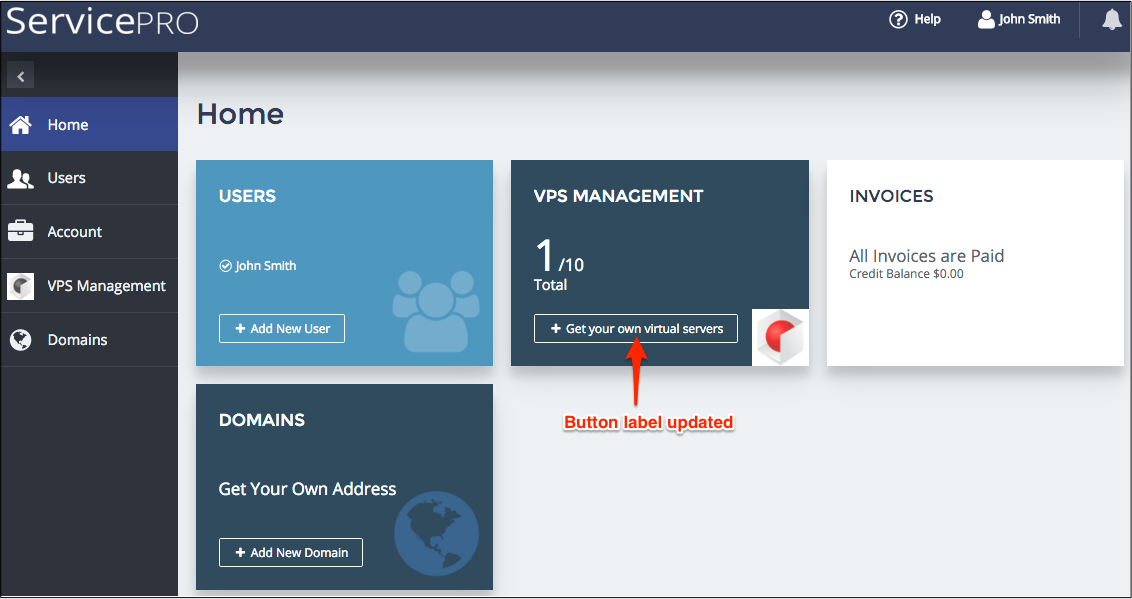Every application needs to show at least its landing page in UX1 to allow customer administrators to manage
the application main service. This page is often called “main service view”. Along with it, an application usually
has other views, bound to each other in a navigation tree structure with the main service view on top of it.
The application plugs its navigation tree into the UX1 left-hand side menu to make it visible along with the platform
services, such as user service and domain service.
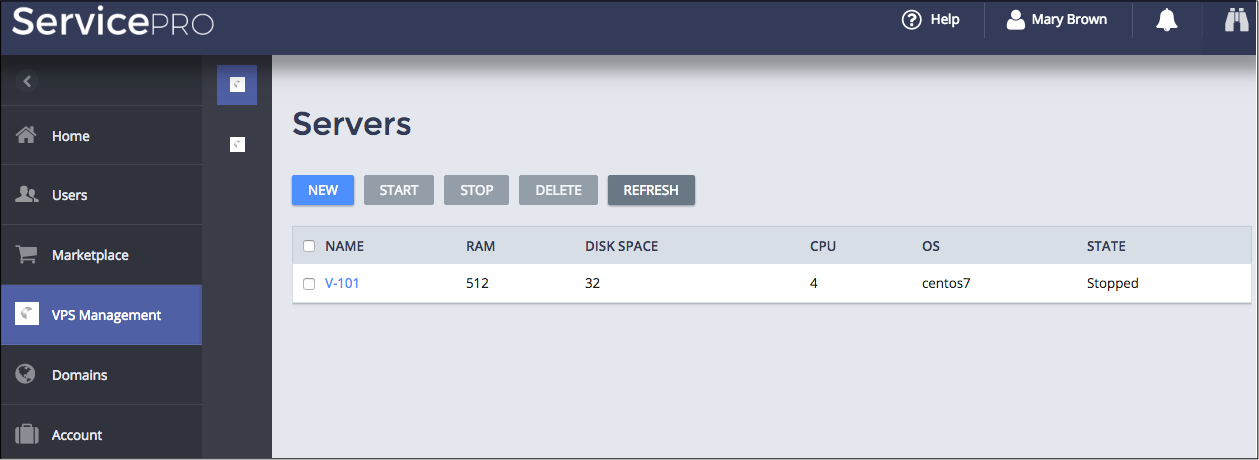
Optionally, the main service view can be placed at the second level of the navigation tree along with other views.
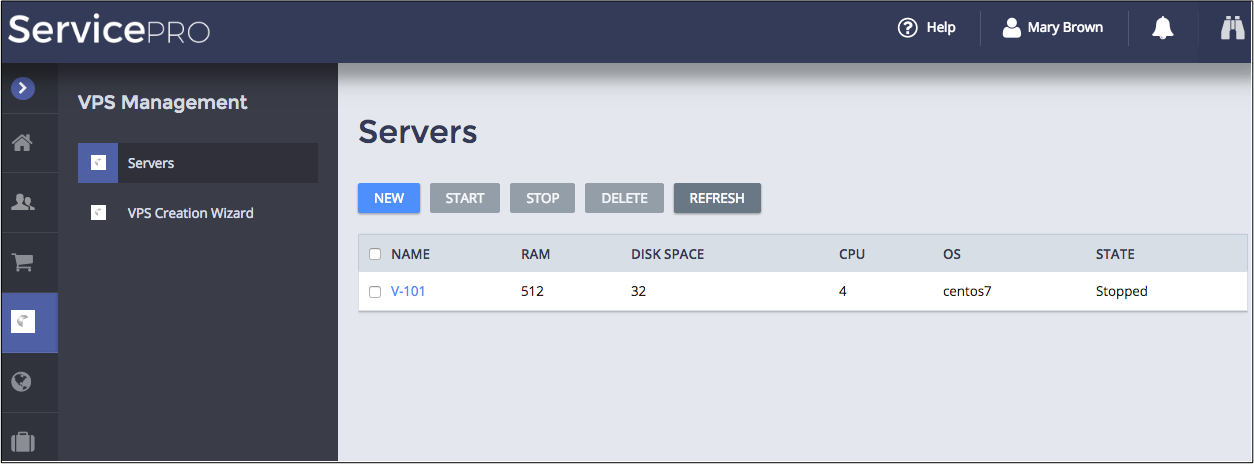
The platform provides the UX1 home dashboard as a place to create application shortcuts for quick access to their main views.
A shortcut is a tile that shows some service data and contains one or more links to application views.
The application can transfer its shortcut for a customer in dependence of the customer’s relationship with the application
service as follows.
The customer did not subscribe yet to the service supplied by an application. In this case the application
announces its service for the customer:
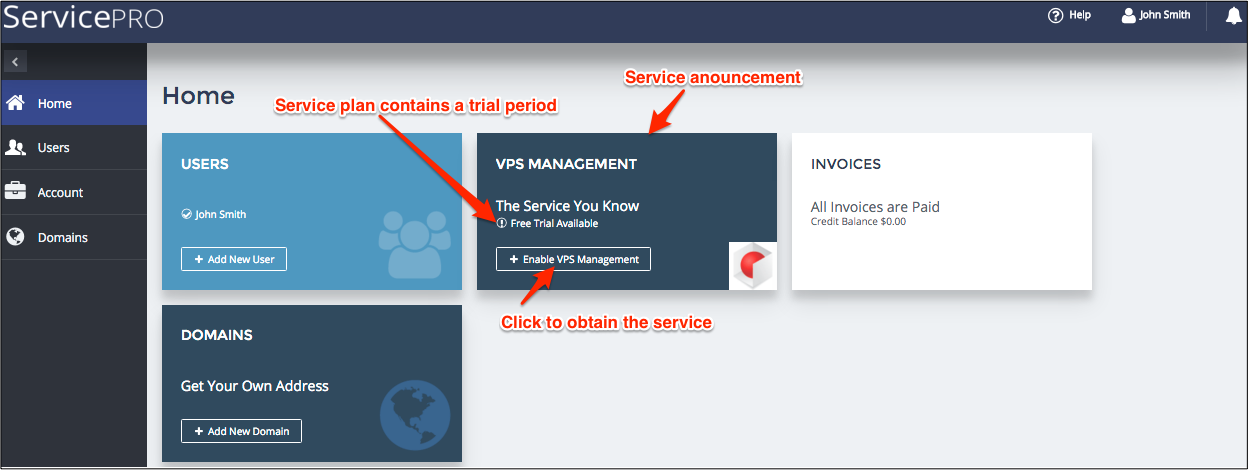
The customer has acquired a trial subscription with the application services and then notices a way to switch the trial
subscription period to a paid subscription period:
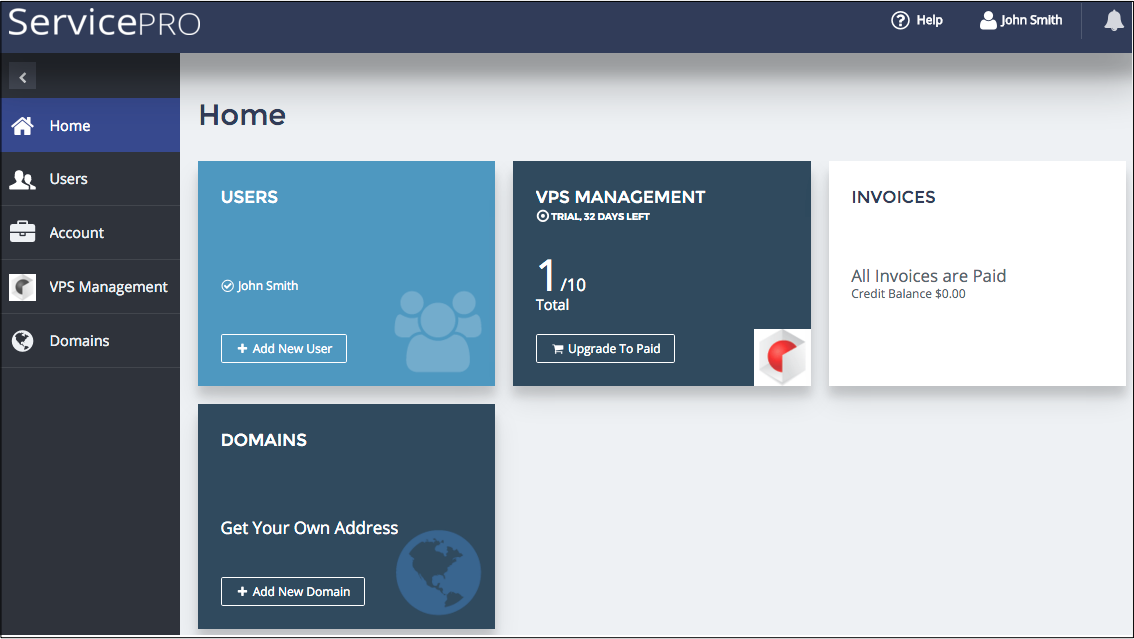
The customer uses a full-featured application service:
